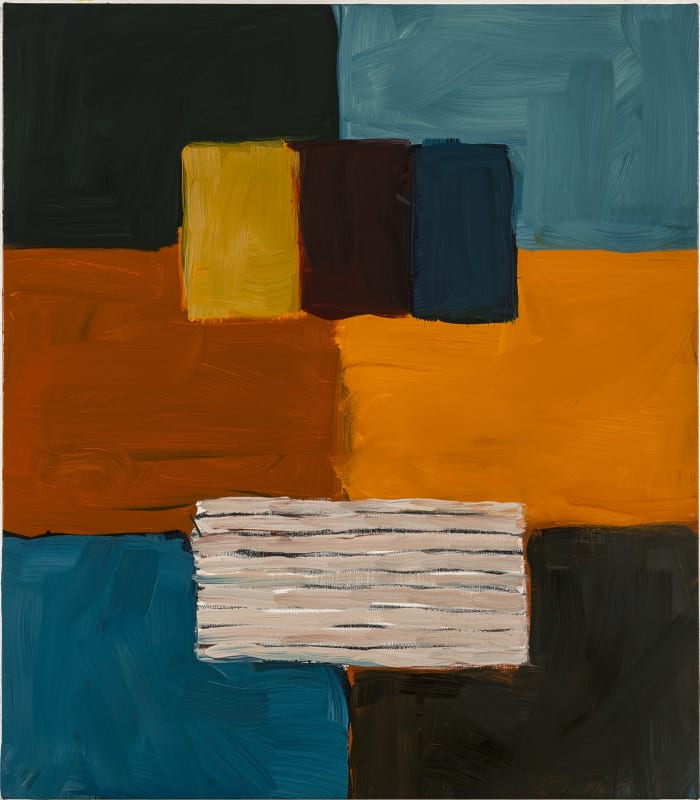Curated by Alfredo Cramerotti.
Born in Dublin, Ireland, in 1945, Sean Scully spent most of his childhood and adolescence in south London. He enrolled at Croydon College of Art, and it was here that he first encountered Abstract Expressionism and Op Art. Scully abandoned his early figurative work, and in the late 1960s and early 1970s, began formulating his own abstract language, based on the grid.
When he moved to the United States in the mid 1970s, he produced his first works that were composed entirely of horizontal bands and lines. Scully reflects: ‘It’s habitual to think of abstraction as abstract. But it’s not, it’s a self-portrait. A portrait of personal conditions, one could say. I left London, and its stability, for New York, and its instability. Correspondingly, I dropped the vertical out of the paintings, along with my own “personal” architecture, so that I could travel along my own horizon.’
Scully’s journey with the languages of abstraction has evolved into a veritable odyssey, the horizontals and horizons perhaps pursued most clearly today in Scully’s ongoing series ‘Landline’, which brings ideas of abstraction into dialogue with the landscape. Alongside several notable examples from this series, the exhibition also includes works from another major series, ‘Wall of Light’, in part inspired by several trips by the artist to Mexico, and the remarkable qualities of light he observed falling on ancient stone walls there.
With an emphasis on new and recent works, including some exhibited for the first time, the exhibition ‘Sean Scully: Standing on the Edge of the World’ features a number of pieces from the past thirty years, selected and arranged by curator Alfredo Cramerotti. The works range from large-scale paintings to small works on paper, accompanied by a number of photographic prints, which, as Cramerotti explores in his essay for the catalogue, reveal not only some of the complex dynamics at work in Scully’s practice as regards relationships of colour and form, but also encourage viewers to consider the notion of ‘edges’, and in particular the connections between edges in his paintings and those in architecture and in nature. With both the built environment and the natural world, through his paintings, drawings and photographs, Scully invites us to stand on the edges and to look back in through the prism of abstraction.
SEAN SCULLY: Standing on the Edge of the World
Sean Scully
Standing on the Edge of the World
28 March – 29 April 2018, Hong Kong Arts Centre, Hong Kong
2018年3月16日




